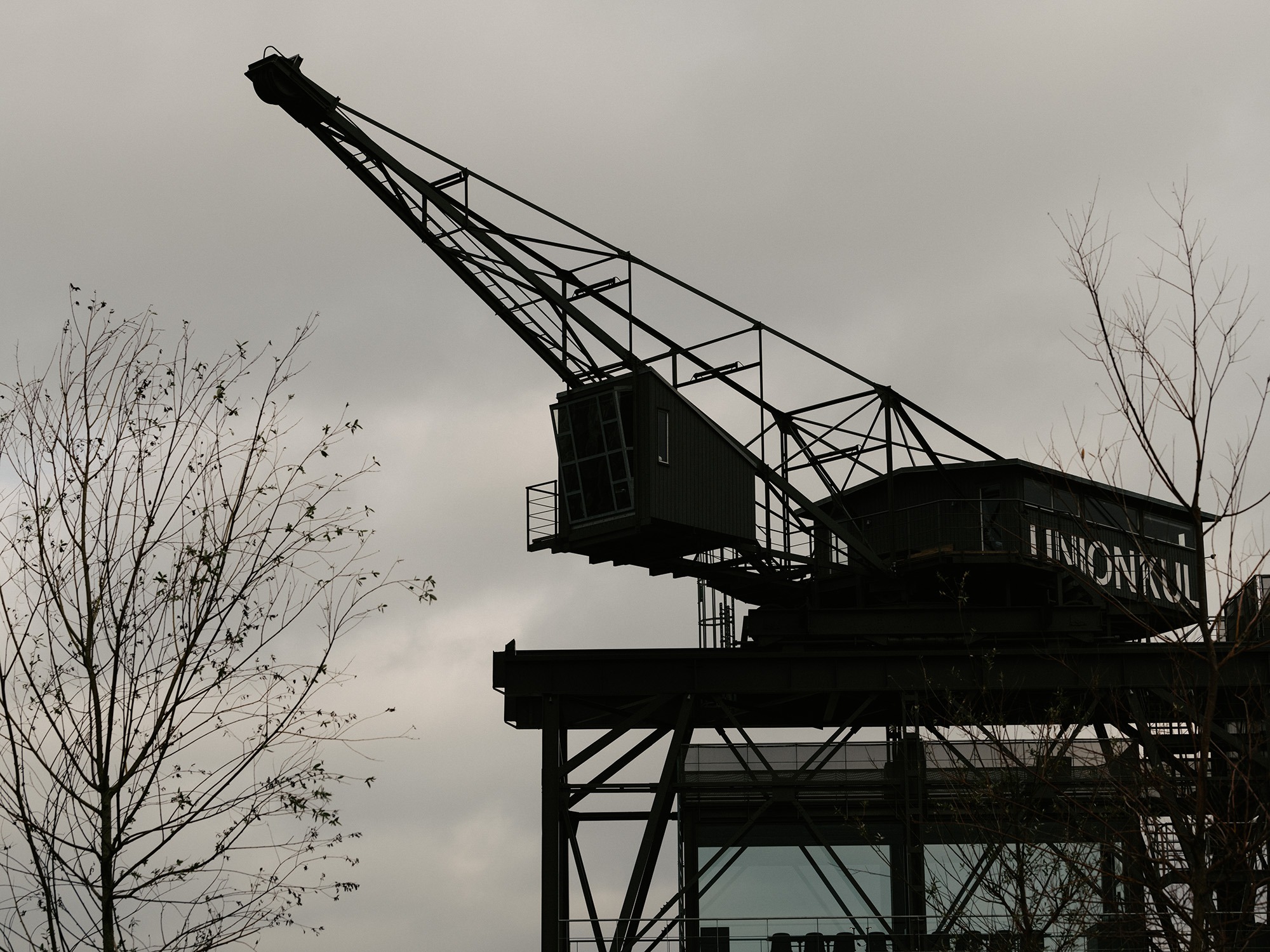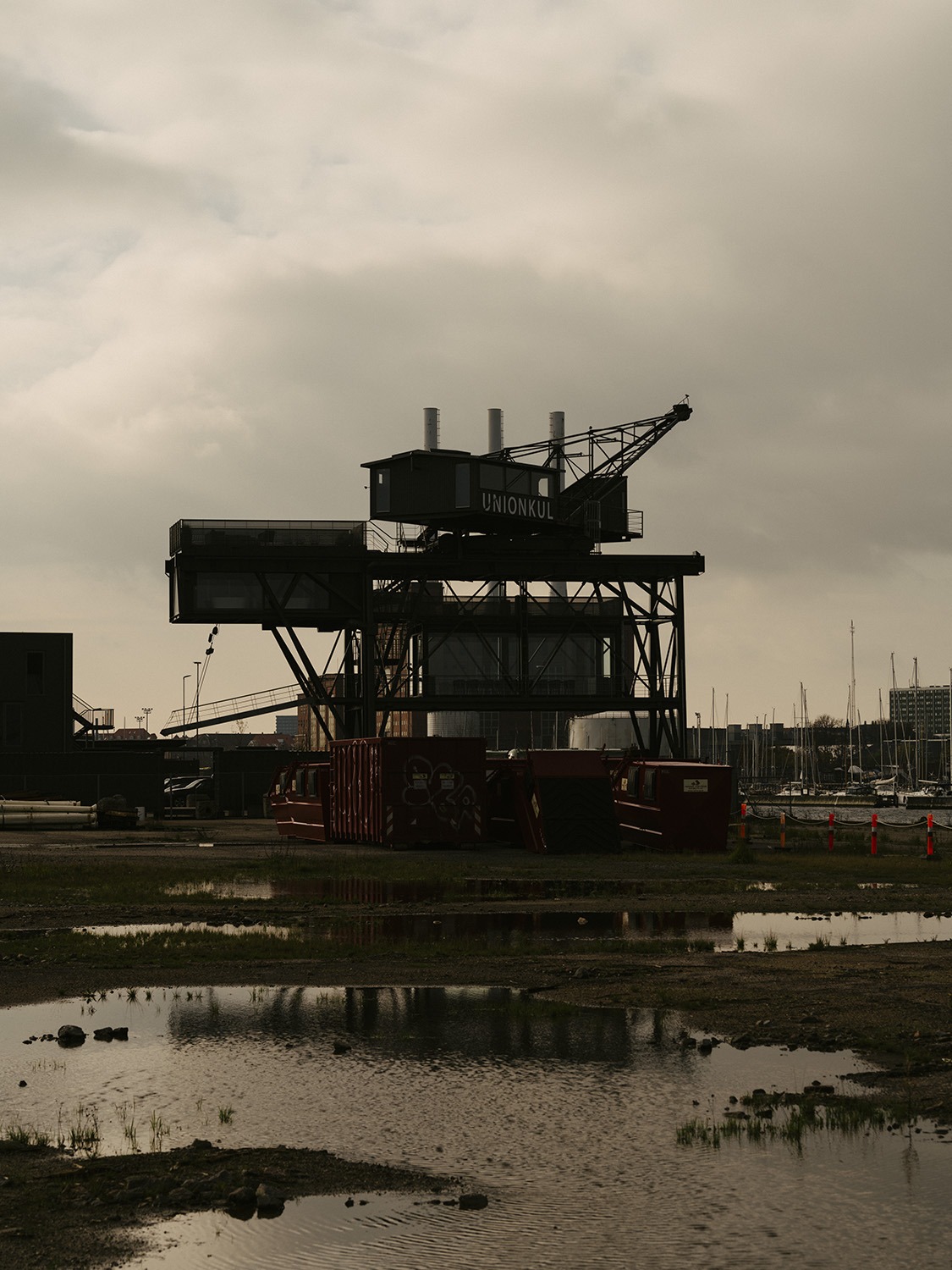As I slowly enter that drowsy, half-awake, half-asleep stage on this gloomy Tuesday morning, I sense a feeling of misplacement. Used to bright, and often artificial, city lights and thumping urban noise, I gratefully accept the silence around me.
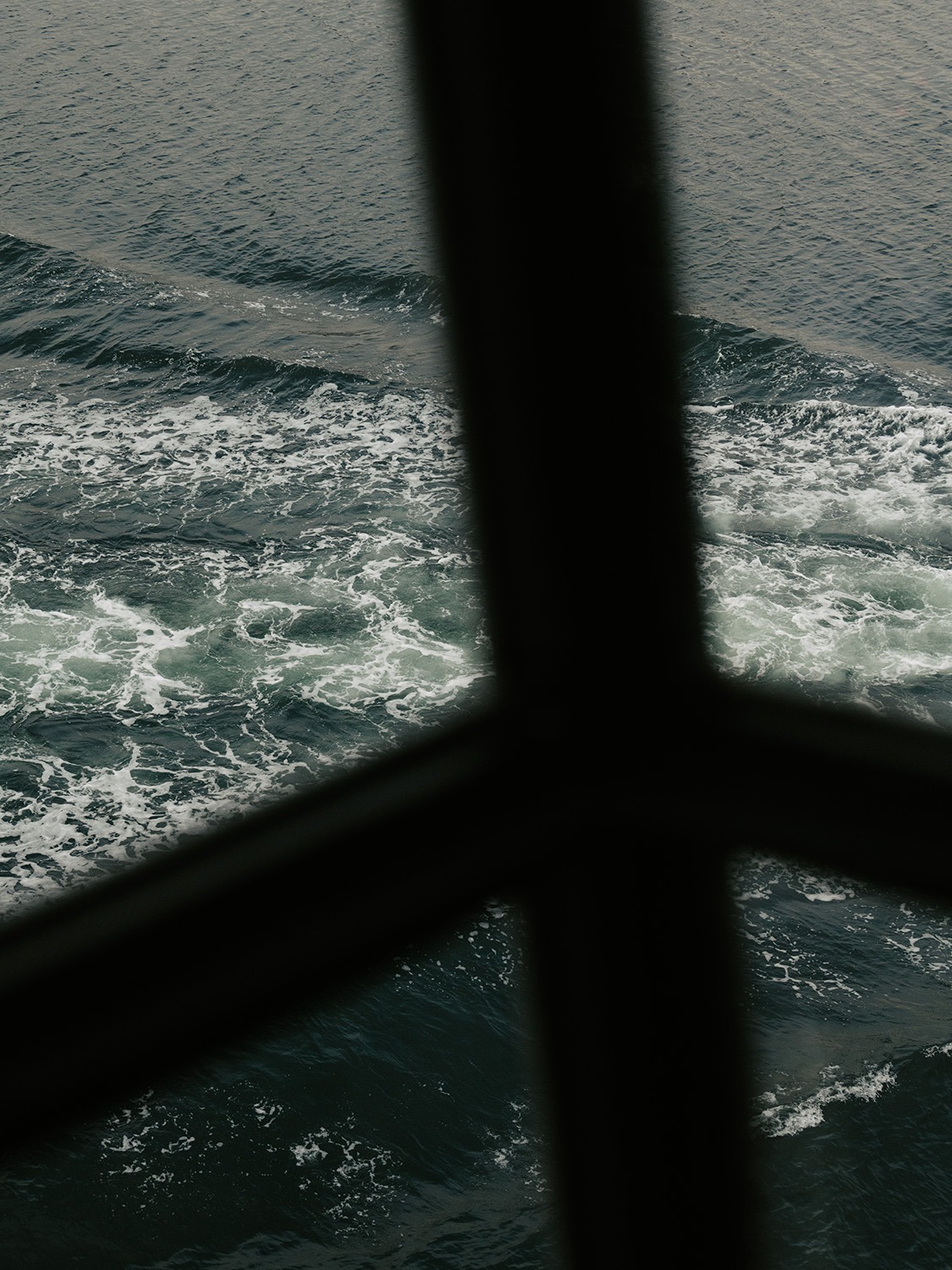
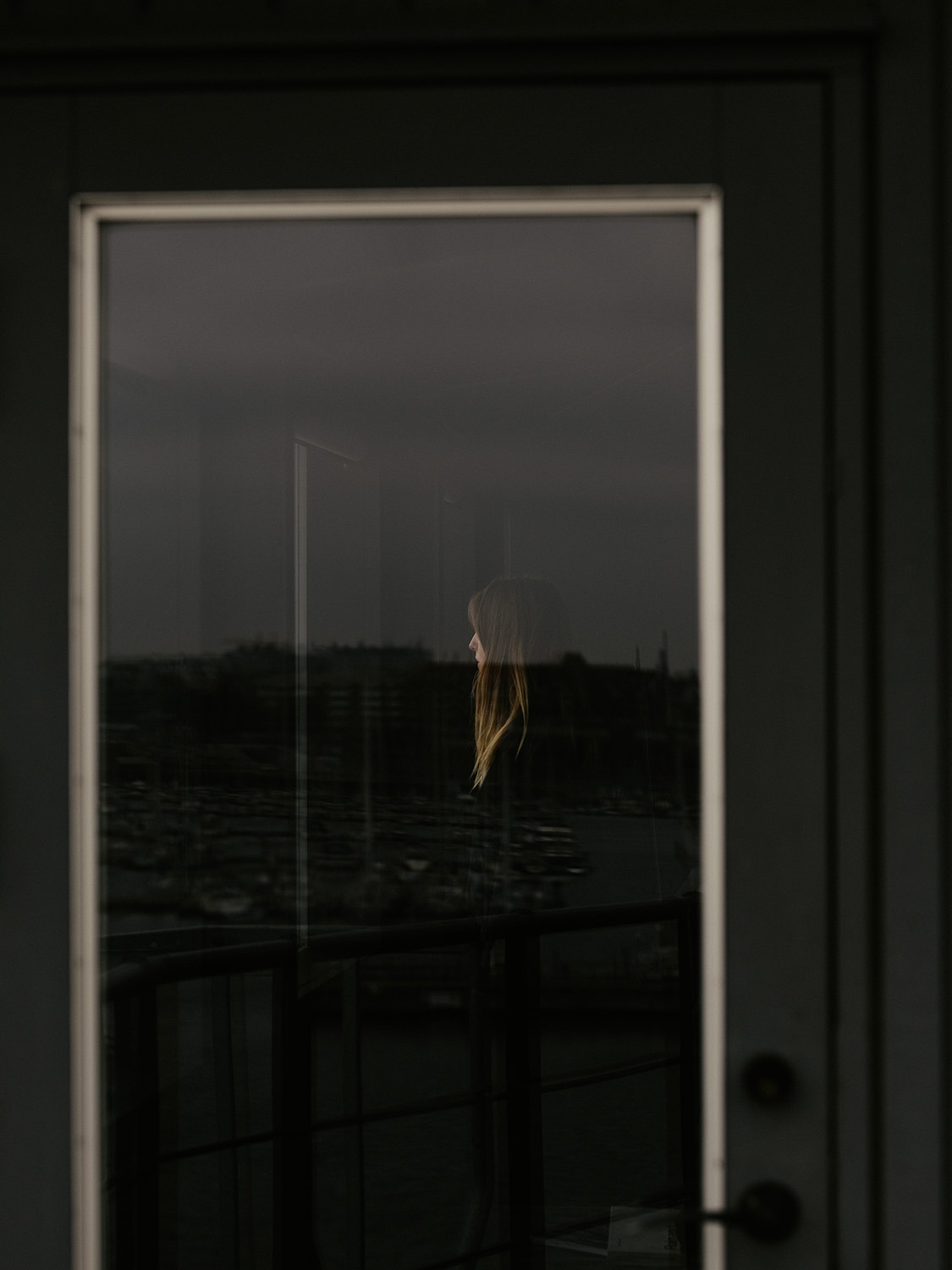
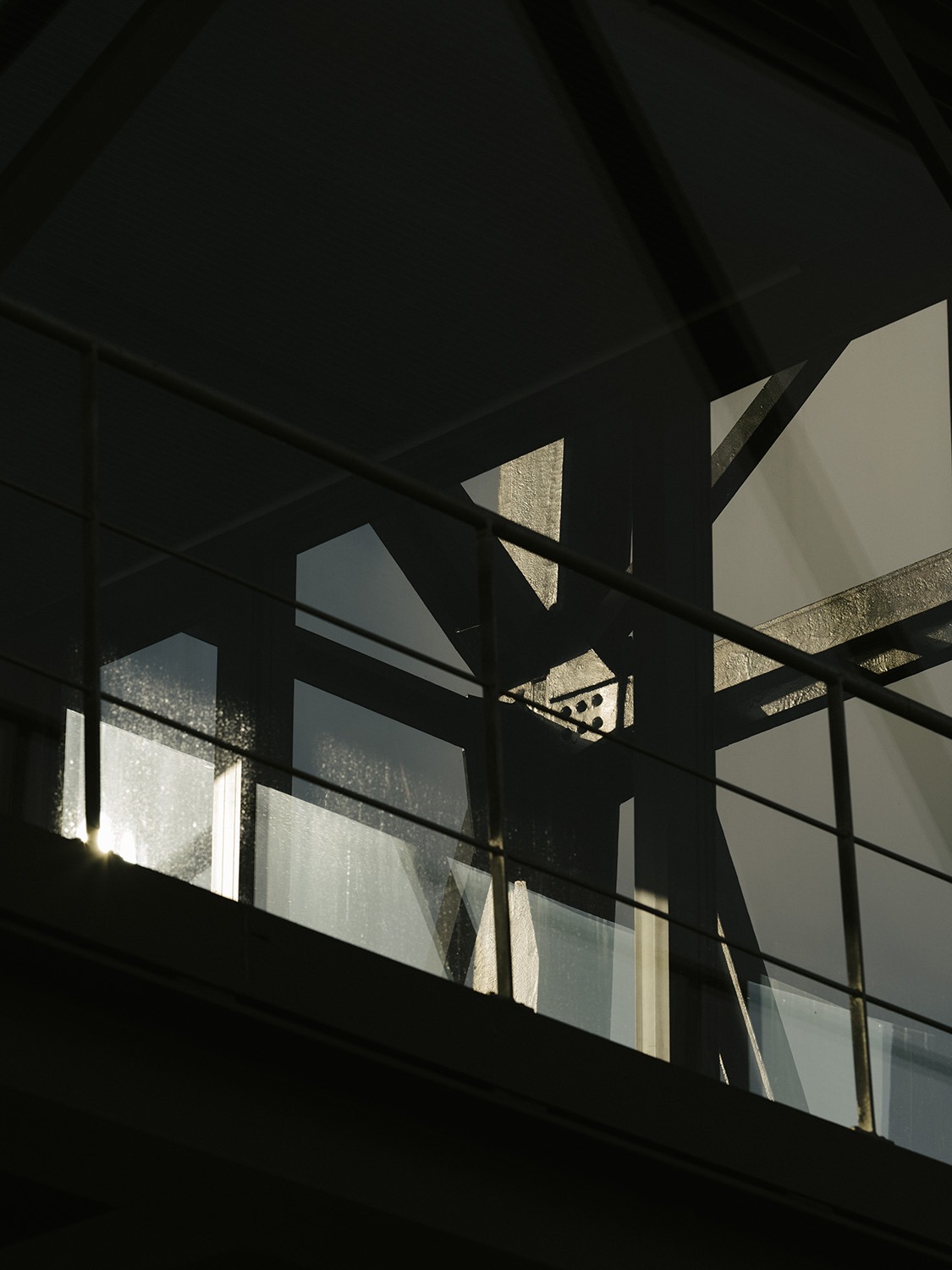
The only sound is the occasional breeze our accommodation is exposed to. I look up for a moment and unhesitatingly find my way back to the comfort of the crisp white bed sheets that immaculately contrast with the myriad shades of black around us. In luxury travel, The Krane, a one-room hotel and spa in Copenhagen’s emerging harbour district, Nordhavn, unequivocally epitomises the concept of a hideaway, a nonpareil retreat from the daily grind. In fact, as I study the timber-clad walls, I call my notion of off-grid travelling into question, my idea that in order to truly switch off, one must be surrounded by unspoiled nature, disconnected, digitally and in real-life, from urbanism.
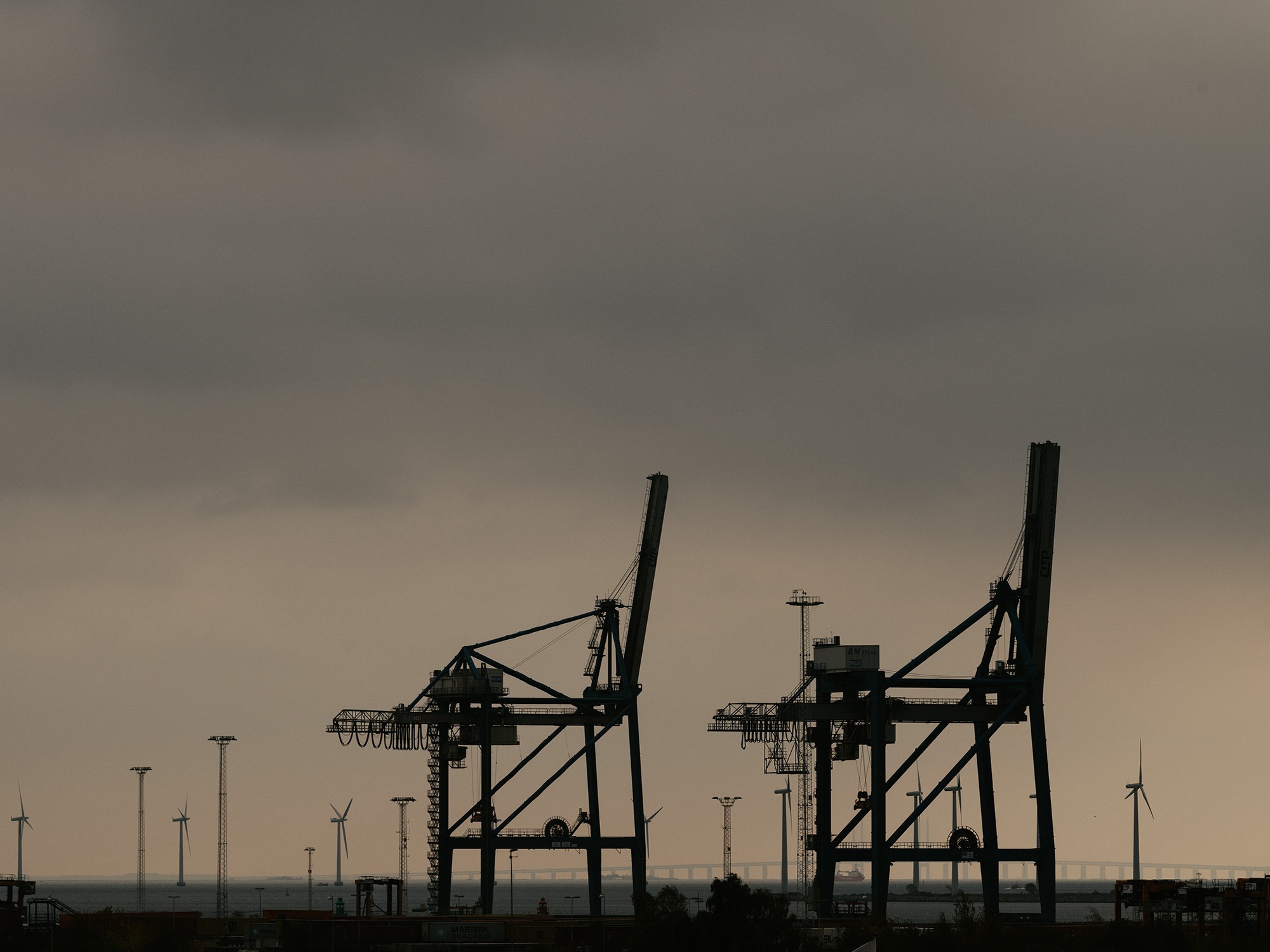
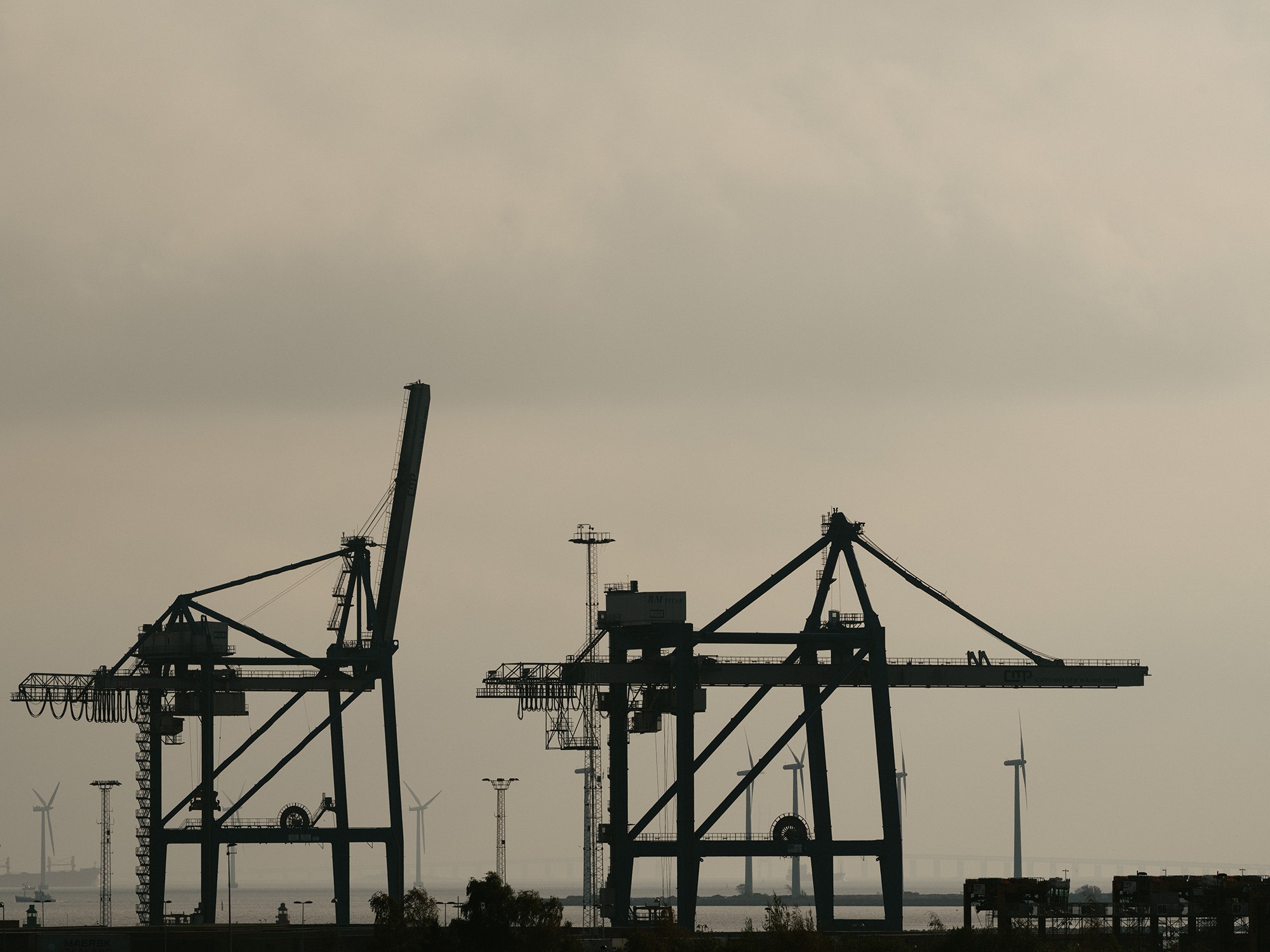
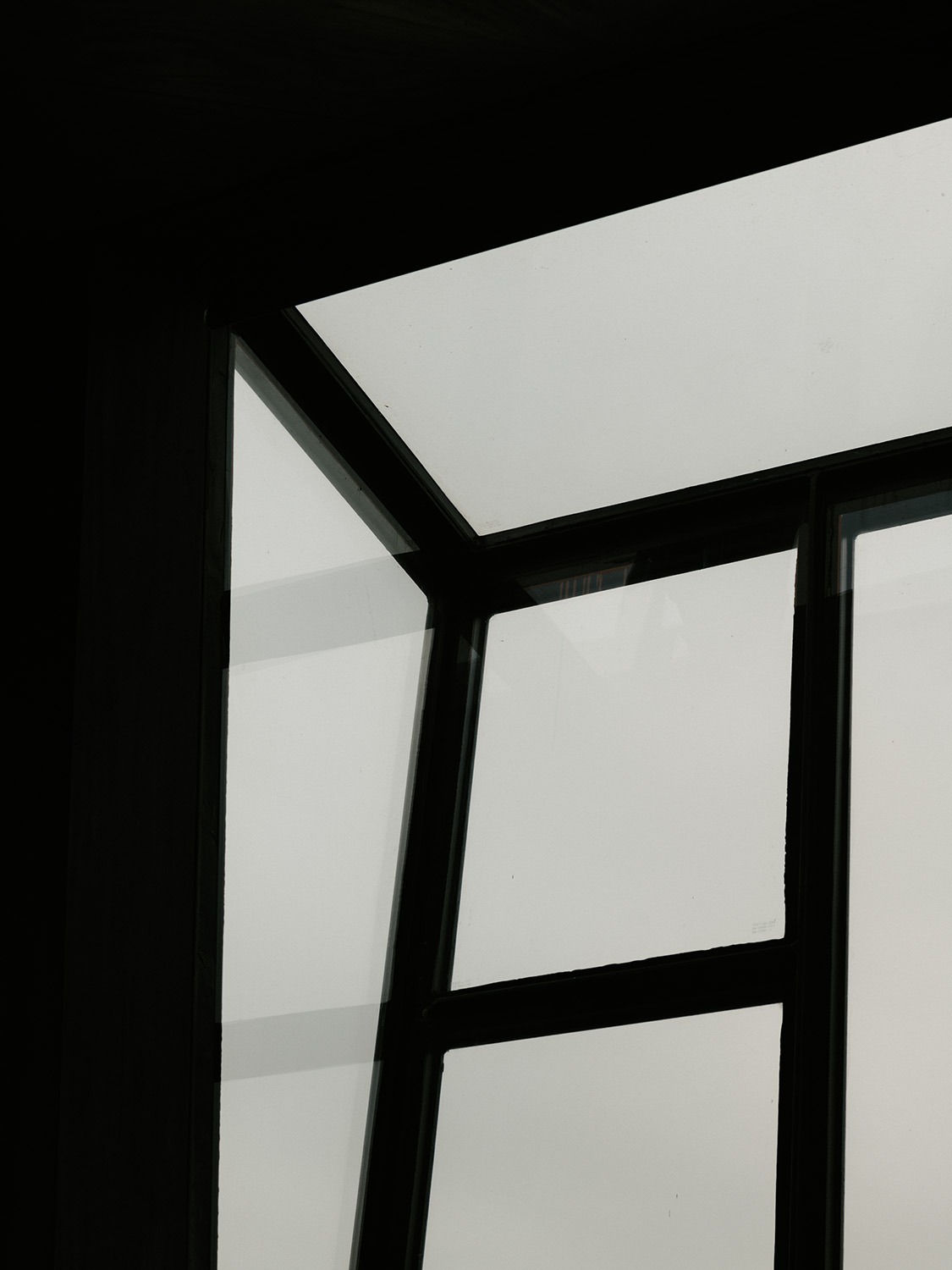
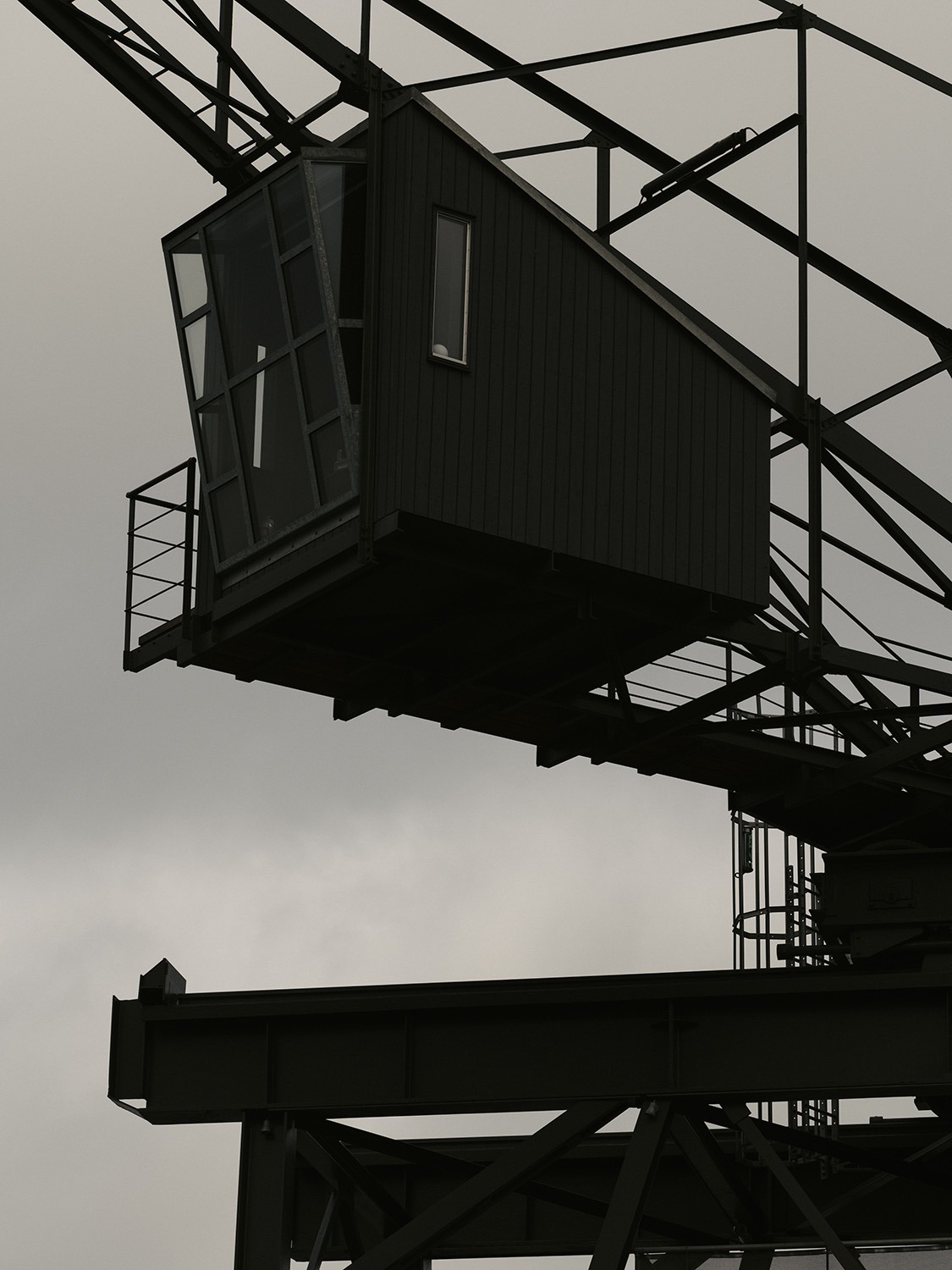
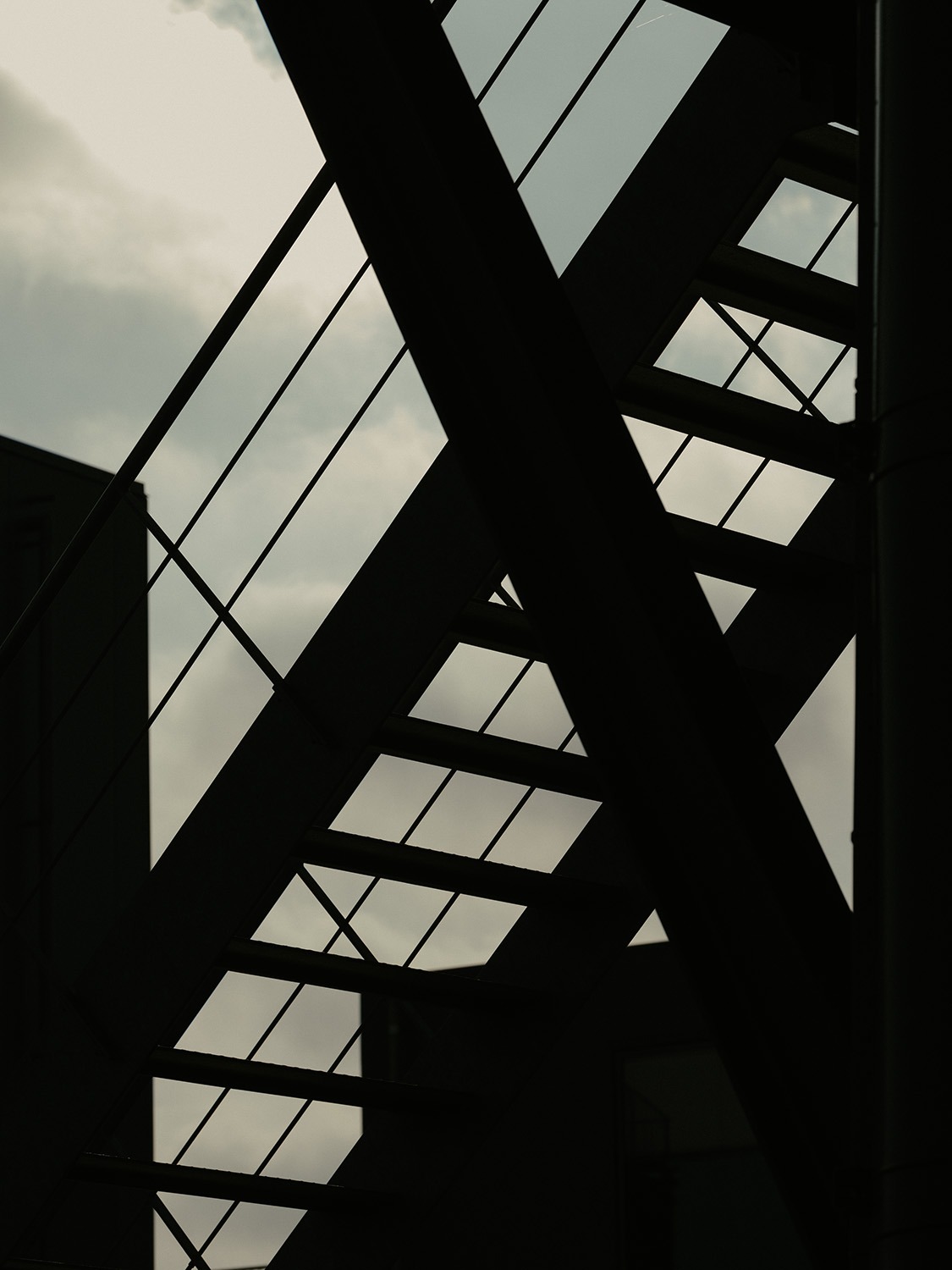
At The Krane, the recent surge in off-grid travel reaches new heights. Literally. A four-level complex in a former coal crane that was built in 1944 and remodelled into a hotel in 2017 by property developer Klaus Kastbjerg and architect Mads Møller, The Krane is a multi-sensory experience. Besides our 50-square-meter room, the standalone feature also comprises two terraces, a viewing room, a spa, and a glass-walled conference room, bookable for intimate events or business meetings.

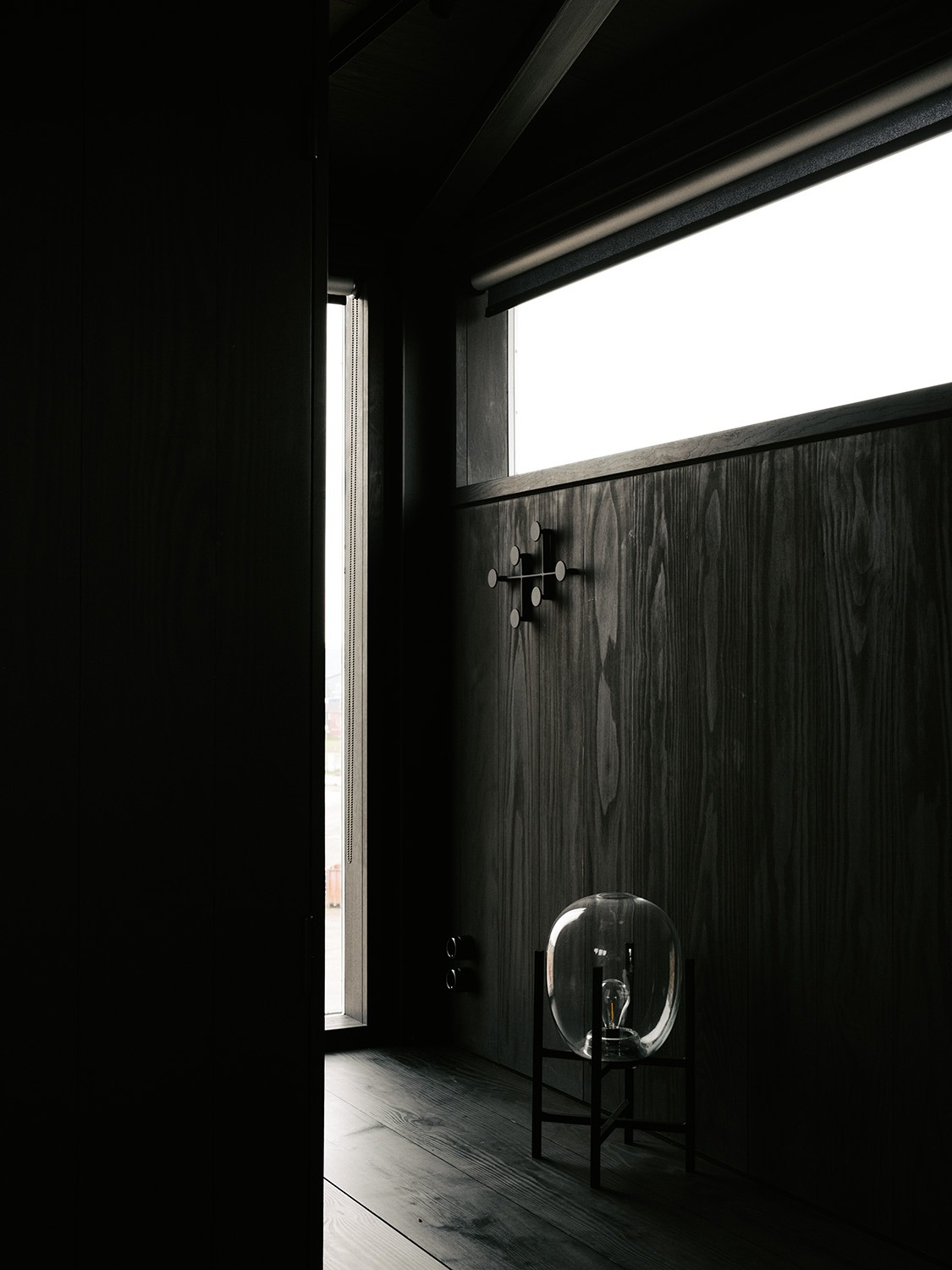
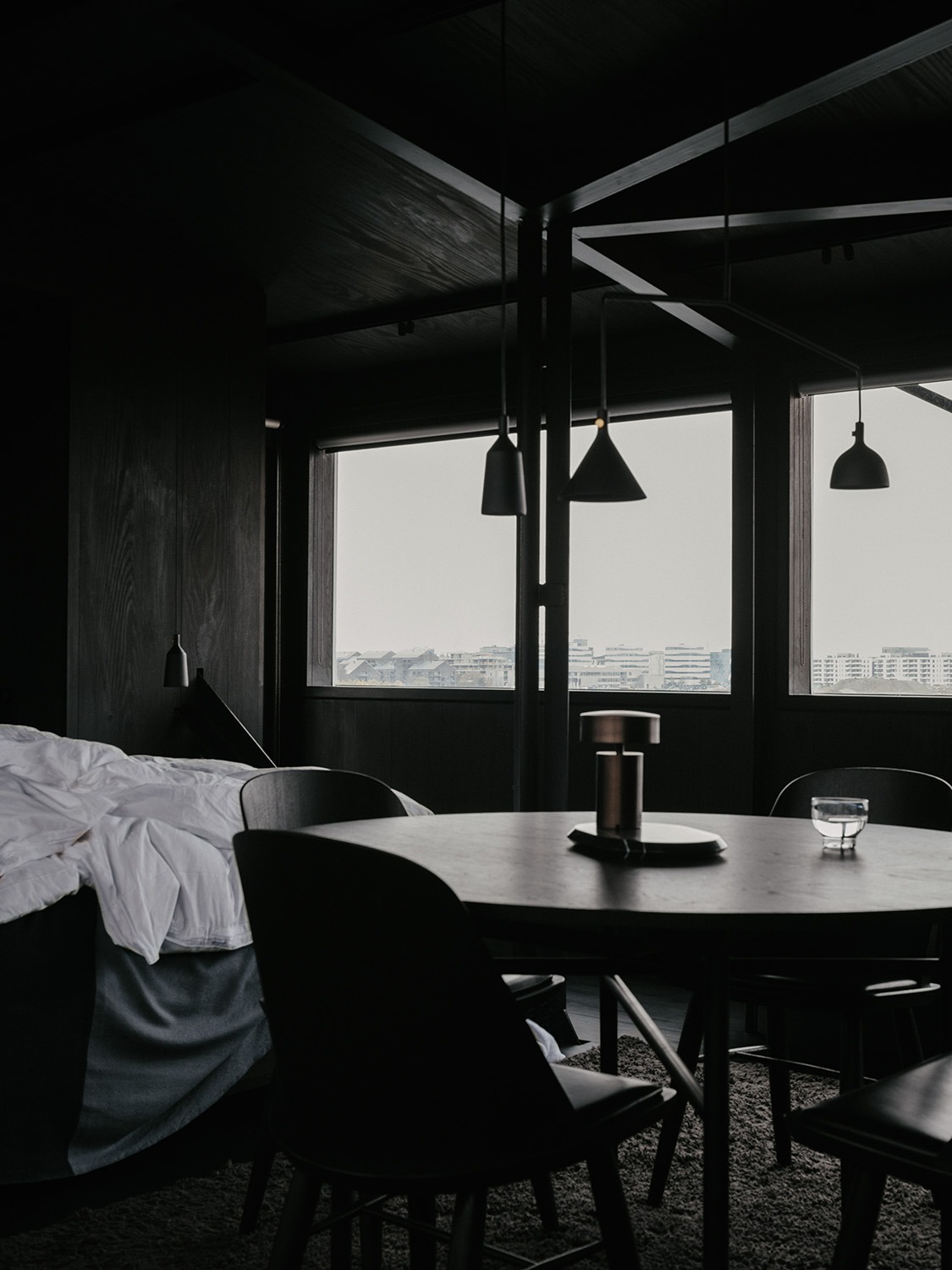
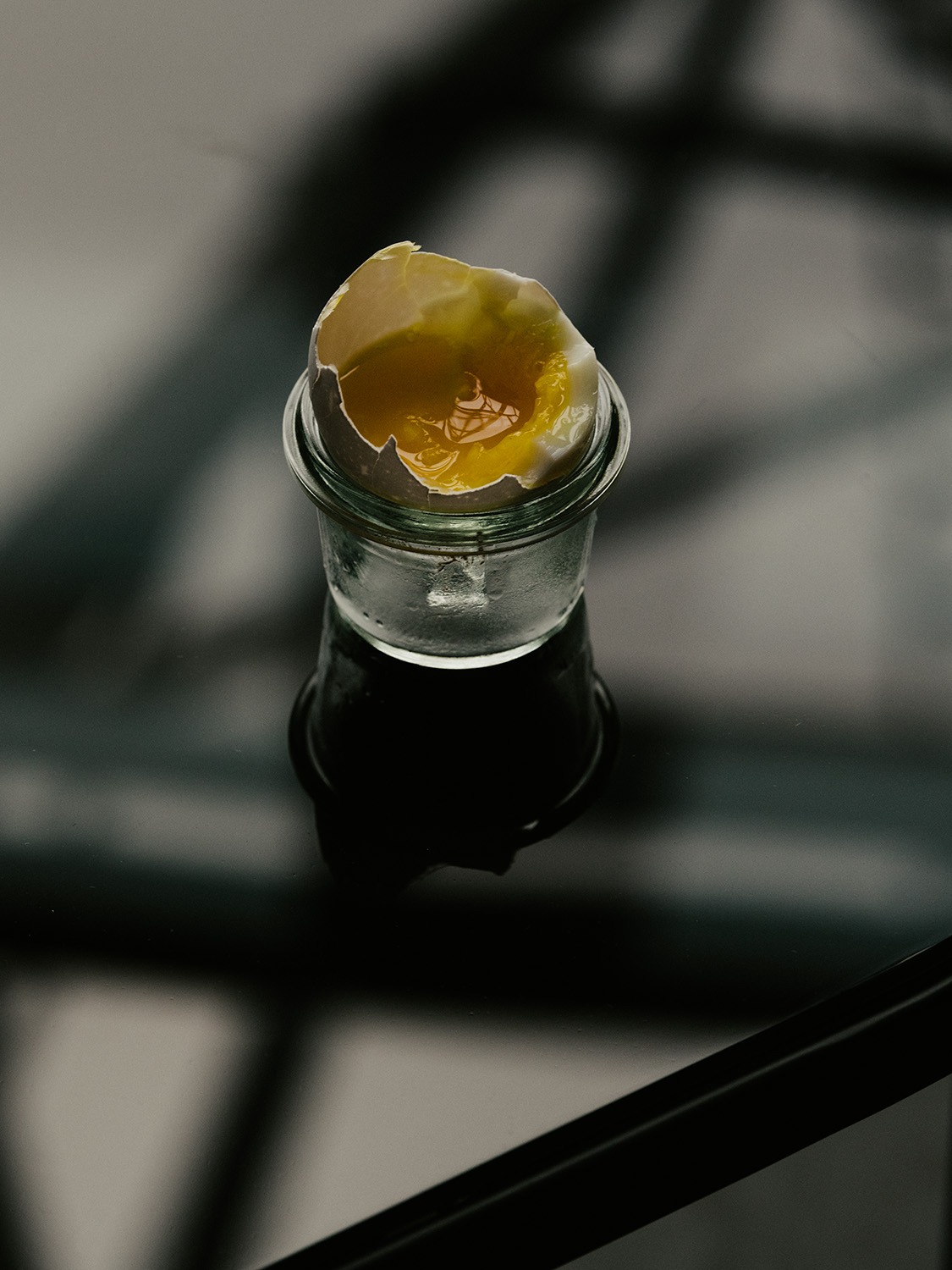
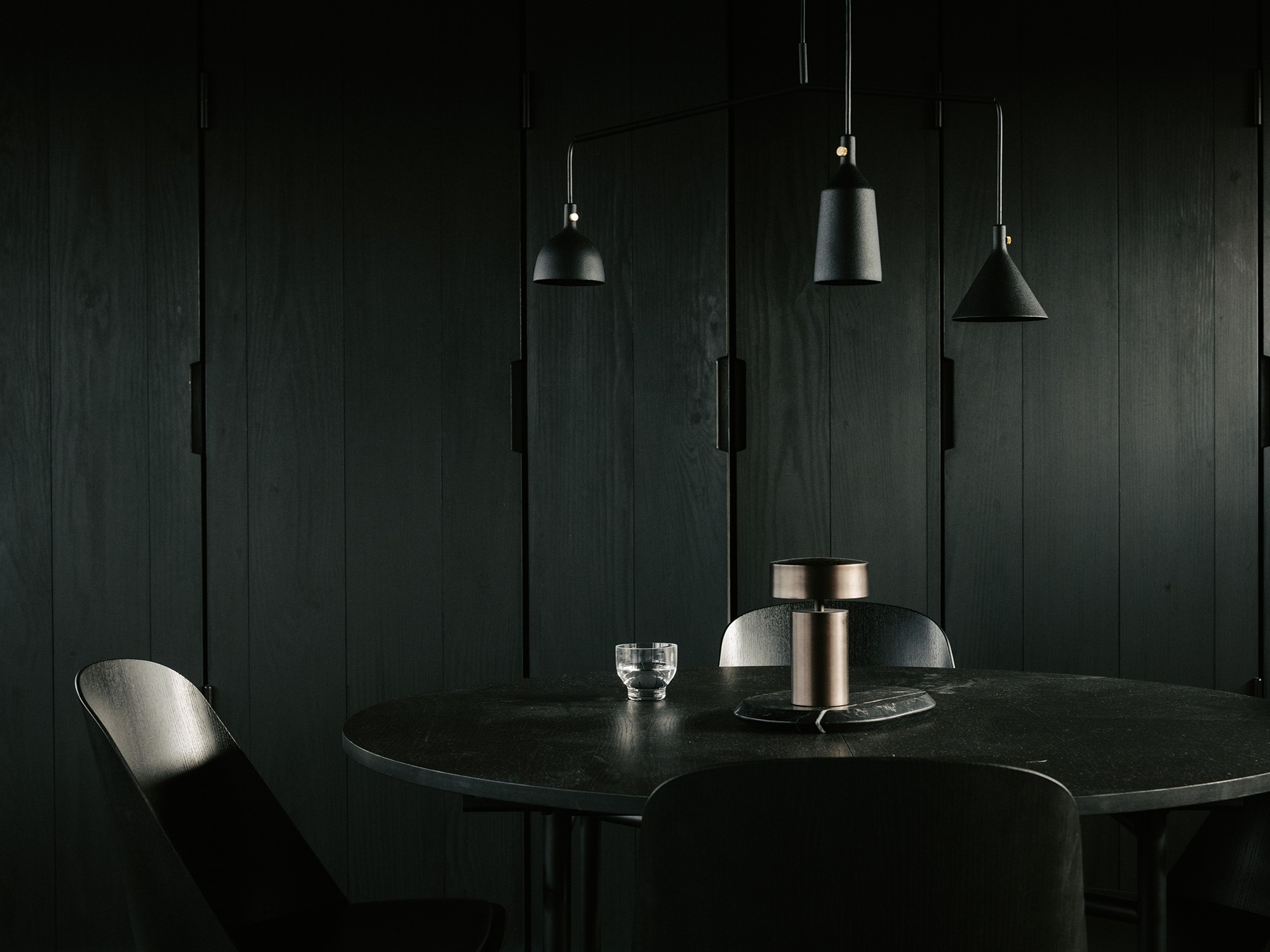
Today, it’s just us, and our duties include pampering at The Amazing Krane Spa, run by Amazing Space, the brainchild of Danish beauty entrepreneur Laura Bonné, and revelling in the state-of-the-art, sophisticated amenities that, besides the superb bed, include a rainforest shower and Bang & Olufsen sound systems, to name but a few features. Have I mentioned the panoramic vistas of the surrounding harbour and its nonchalant draw?
The design of The Krane is impeccable. It starts with the entrance to the hotel, a set of steel stairs that open and close like a drawbridge, that took us to the first level the day before. For ultimate privacy, Clement, who manages the hotel with his partner, Nikki, asked us to leave it upward. This means we’re in control of the building, isolated in the best way possible.
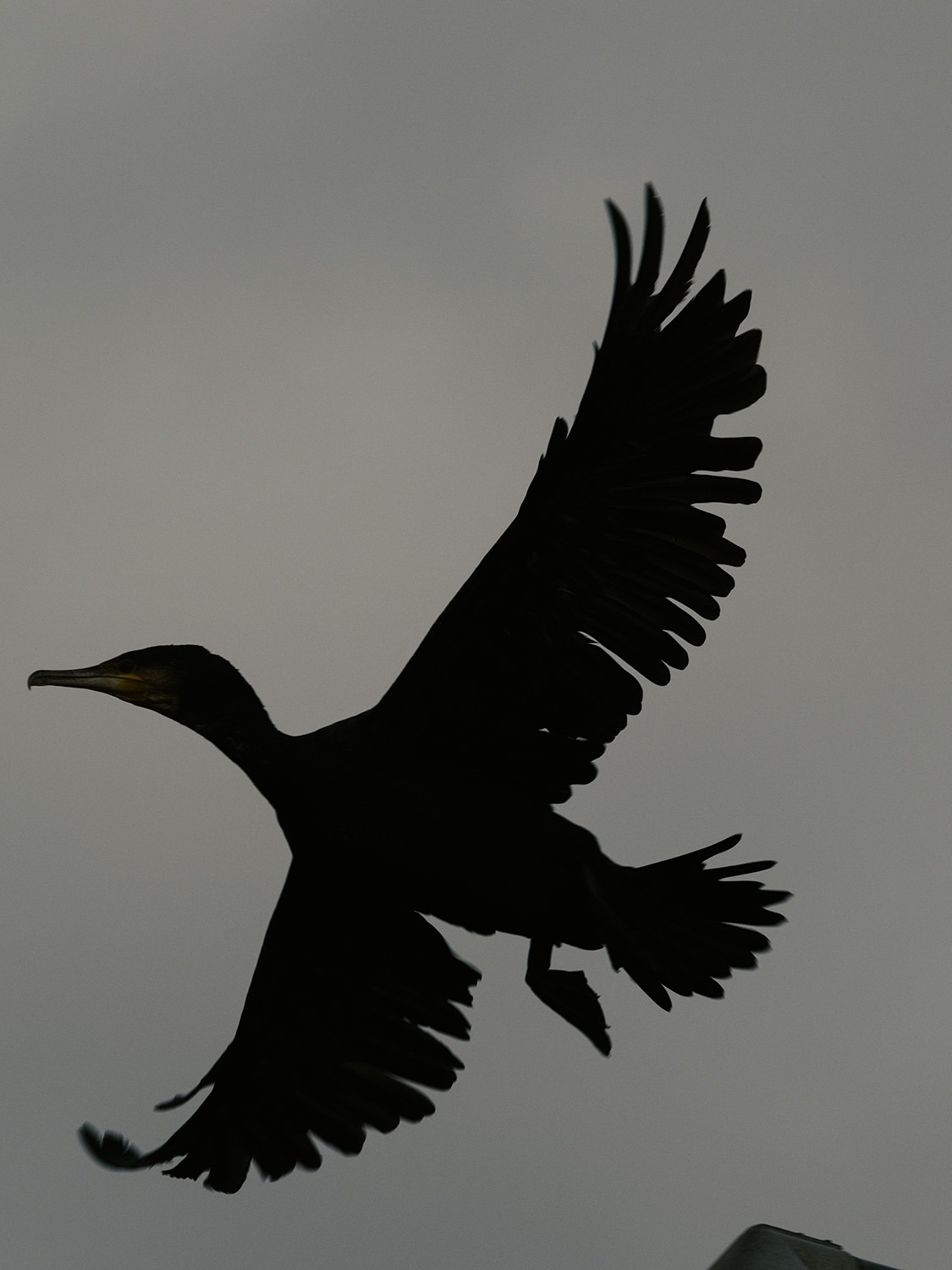
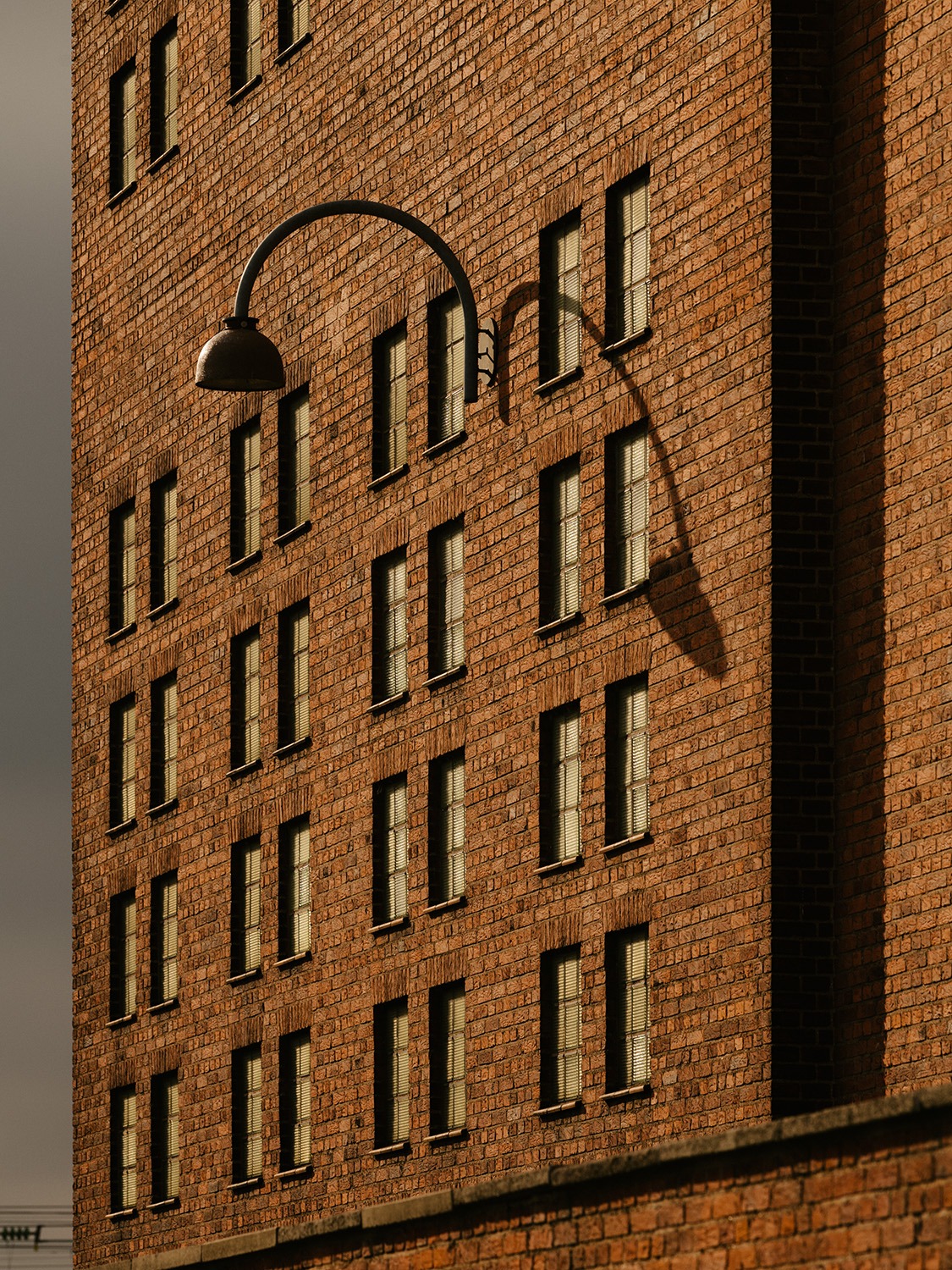
On narrow stairways, we ascended to the second level—which hosts the spa and conference room—before reaching our room, the crane’s former engine room. In light of the crane’s environmentally harmful past, it’s exciting to learn that The Krane is self-sustaining, that it has come full circle to be an eco-friendly space that combines a low-impact ethos with high-impact design. The bedroom, slash, lounge area is designed in the most functional way: the bed and cupboards are integrated into wall panels while the kitchenette, shower, and bathroom are hidden inside a seamless black compartment. The interior is a smorgasbord of Scandinavian design brands, each lending the space its high-end feel. Cases in point, to mention but a few, are lifestyle brand Menu and wood manufacturer Dinesen, the latter [1] being responsible for the panelling.
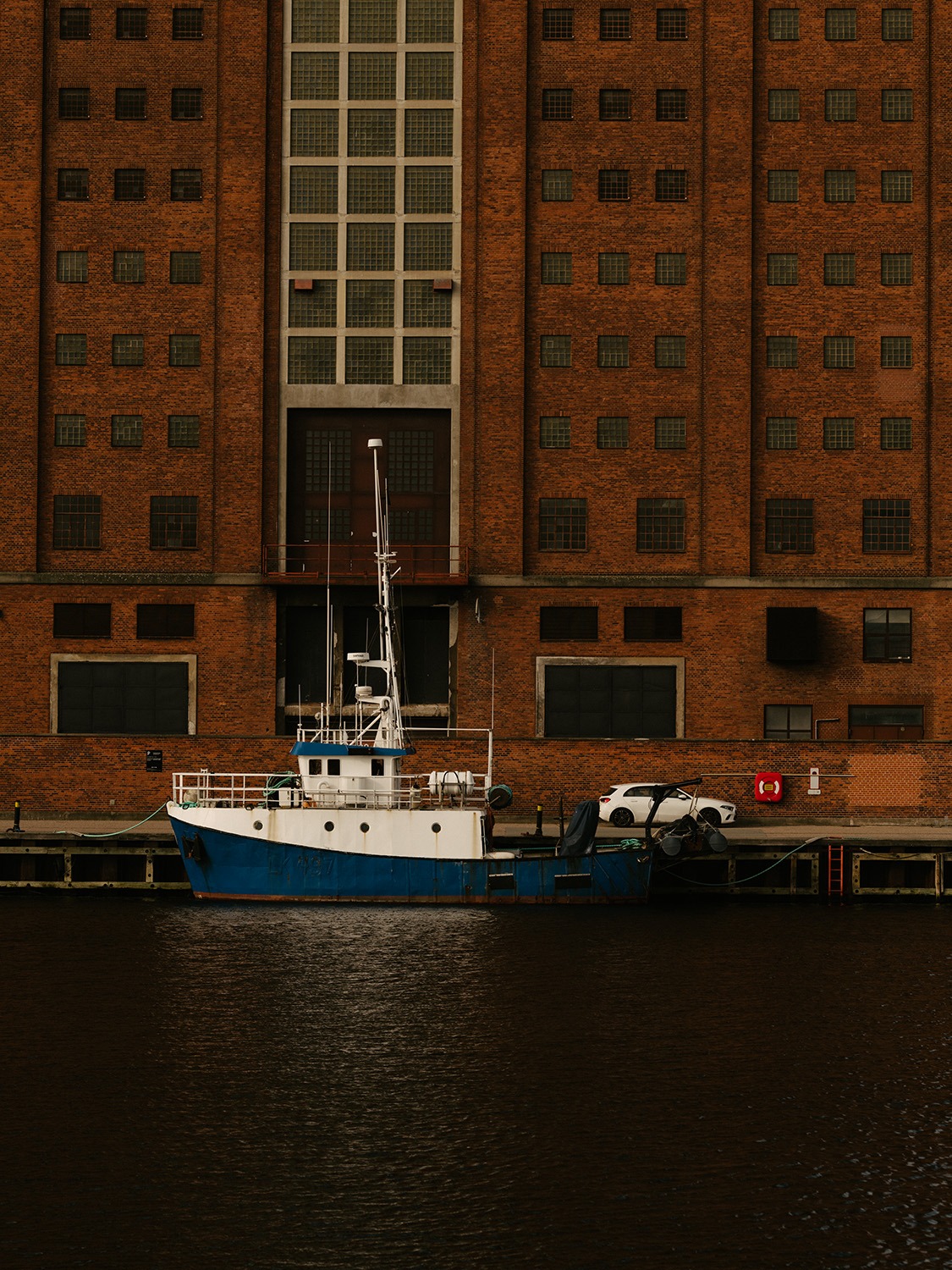
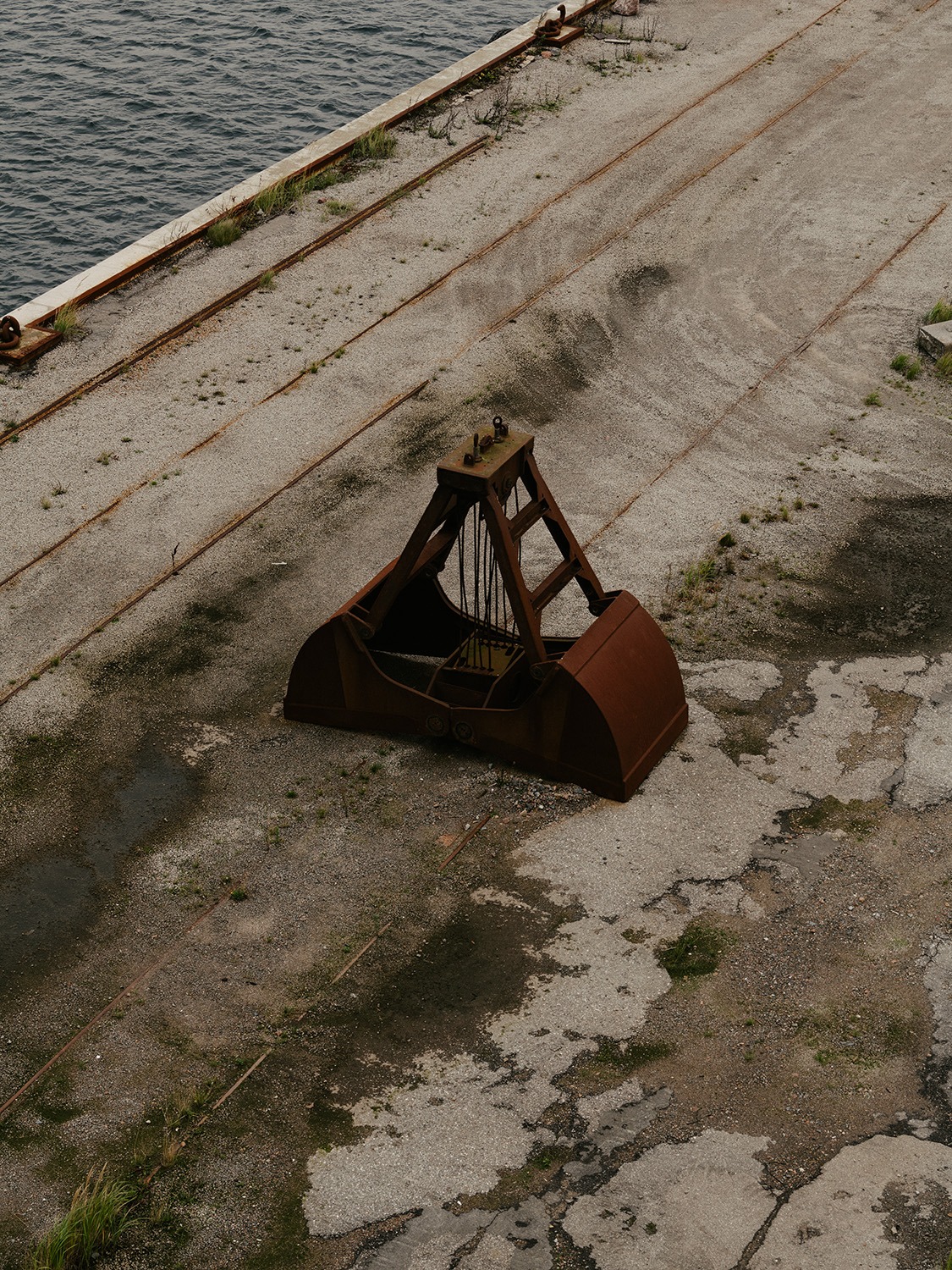
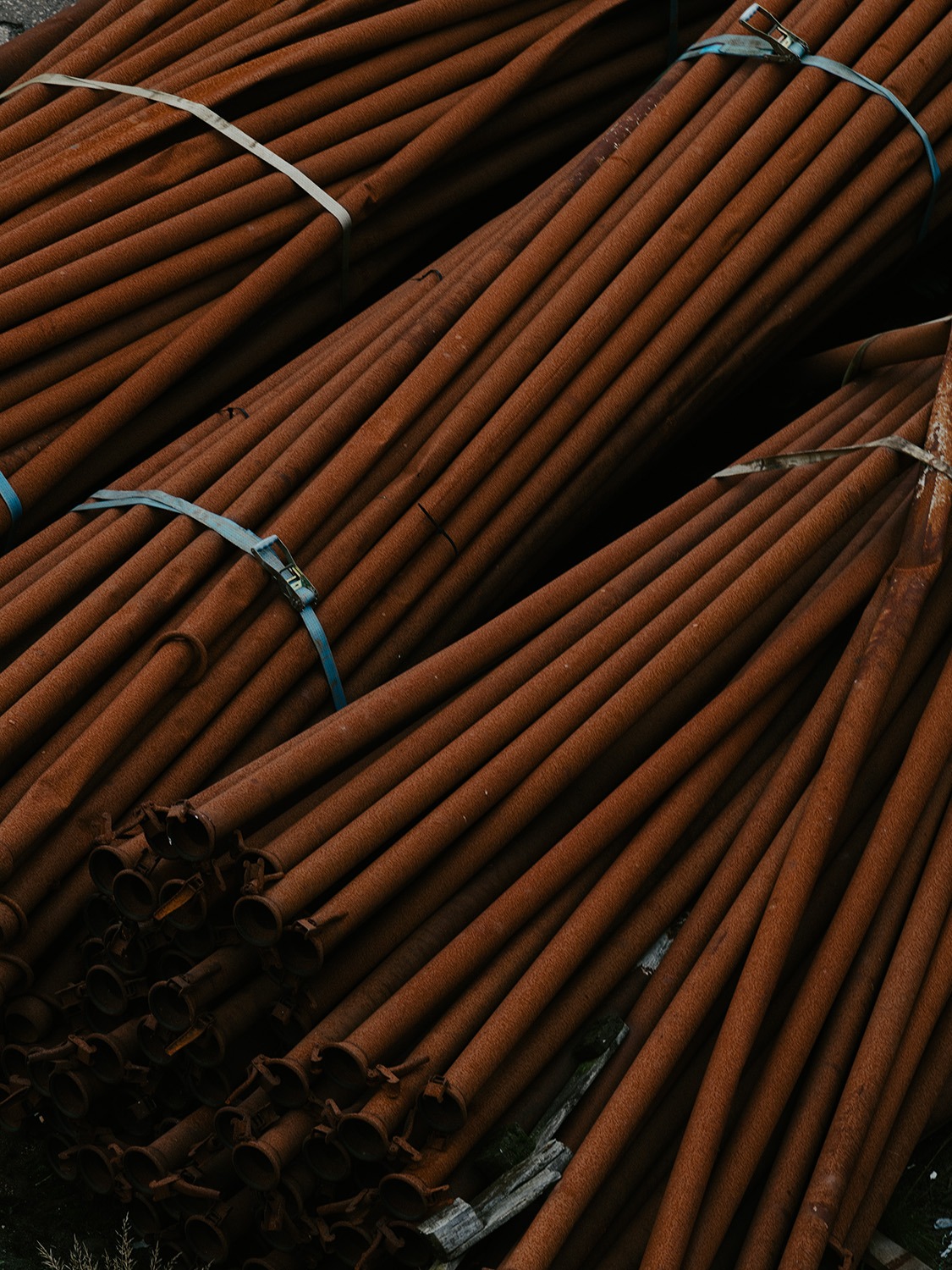
A burnt orange fishing boat passes the crane and finds its way to Svanebullen Bugt, a bay on the opposite waterfront, where one small-scale yacht meets the other. The boat’s bright colour harmonises with the dusty red and pale grey and blue hues of the construction machinery. The monochromatic dots remind me I’m in Copenhagen, a city so renowned for its beautiful colour scheme. After Clement brings us our breakfast—a selection of pastries, rye bread, cheeses, and cold cuts—I find the crane’s former cockpit. Perched at the edge of the complex, the harbour-facing room with floor-to-ceiling windows sits atop the water. A leather-upholstered, buttoned daybed becomes our breakfast spot. The vertiginous view is wintry, but we don’t mind.

The views are said to stretch as far as Sweden, with Denmark’s neighbour only 45 kilometres away. As we witness more boats setting up shop on the harbourfront, clouds begin to break up, and a few rays of sunshine hit the area. With the city at our doorstep, we later opt for a bike ride—the hotel offers free bike rental—to Osterbro, a residential neighbourhood, where we indulge our sweet tooth with cinnamon rolls at Juno Bakery, a favourite among locals, and hindbærsnitte (raspberry bars) at Leckerbaer. We are told that the location of The Krane itself, Nordhavn, is developing at an incredibly fast rate, becoming a destination in its own right. Industrial-style office spaces already dot the landscape, reflecting Copenhagen’s cool, progressive character. The district is also increasingly attractive for city dwellers wishing to find calm without feeling cut off from city life. Getting to The Krane is possible by metro, though the hotel offers a complimentary concierge service, with Nikki or Clement picking up guests from the airport or train station.
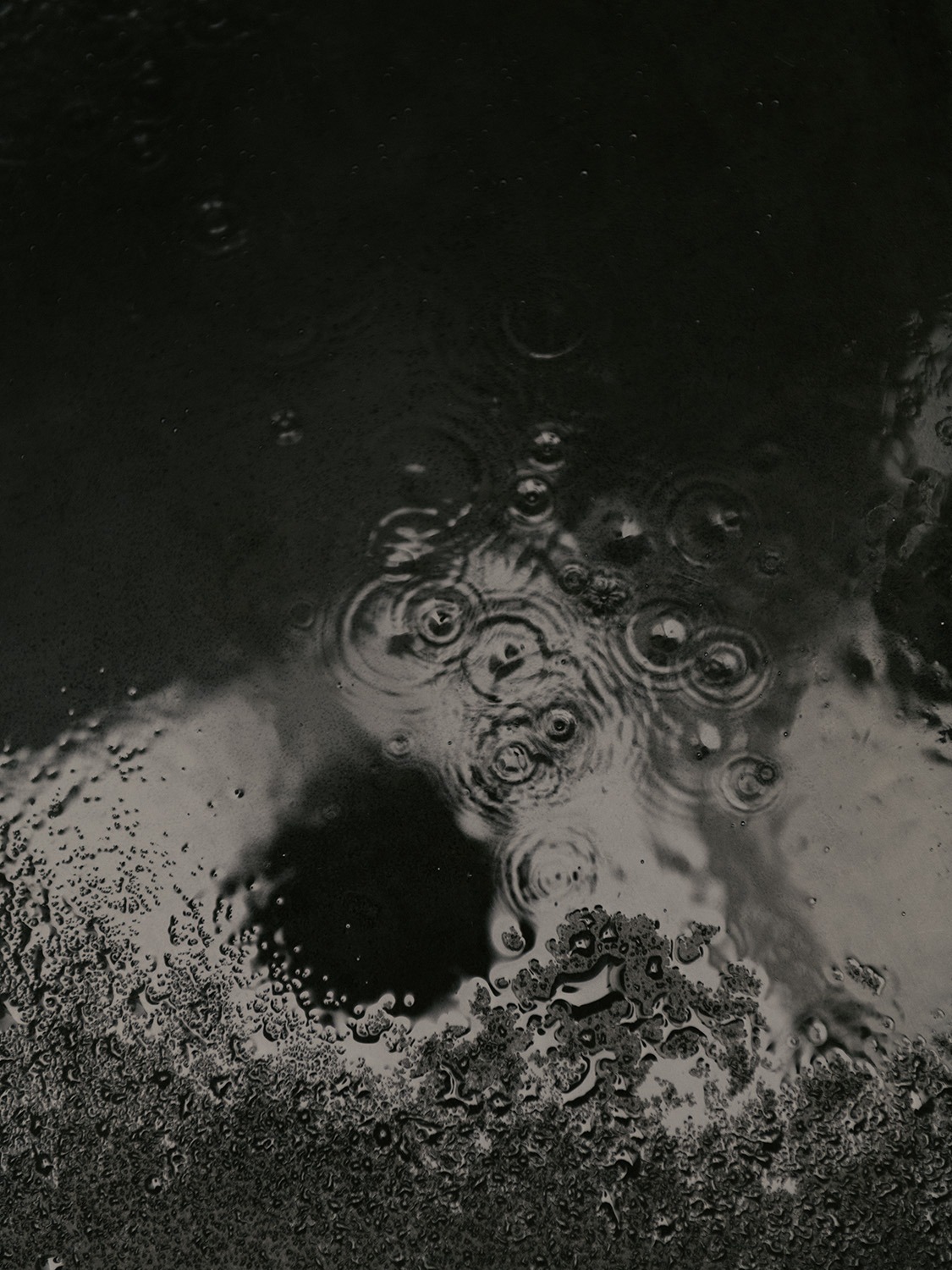
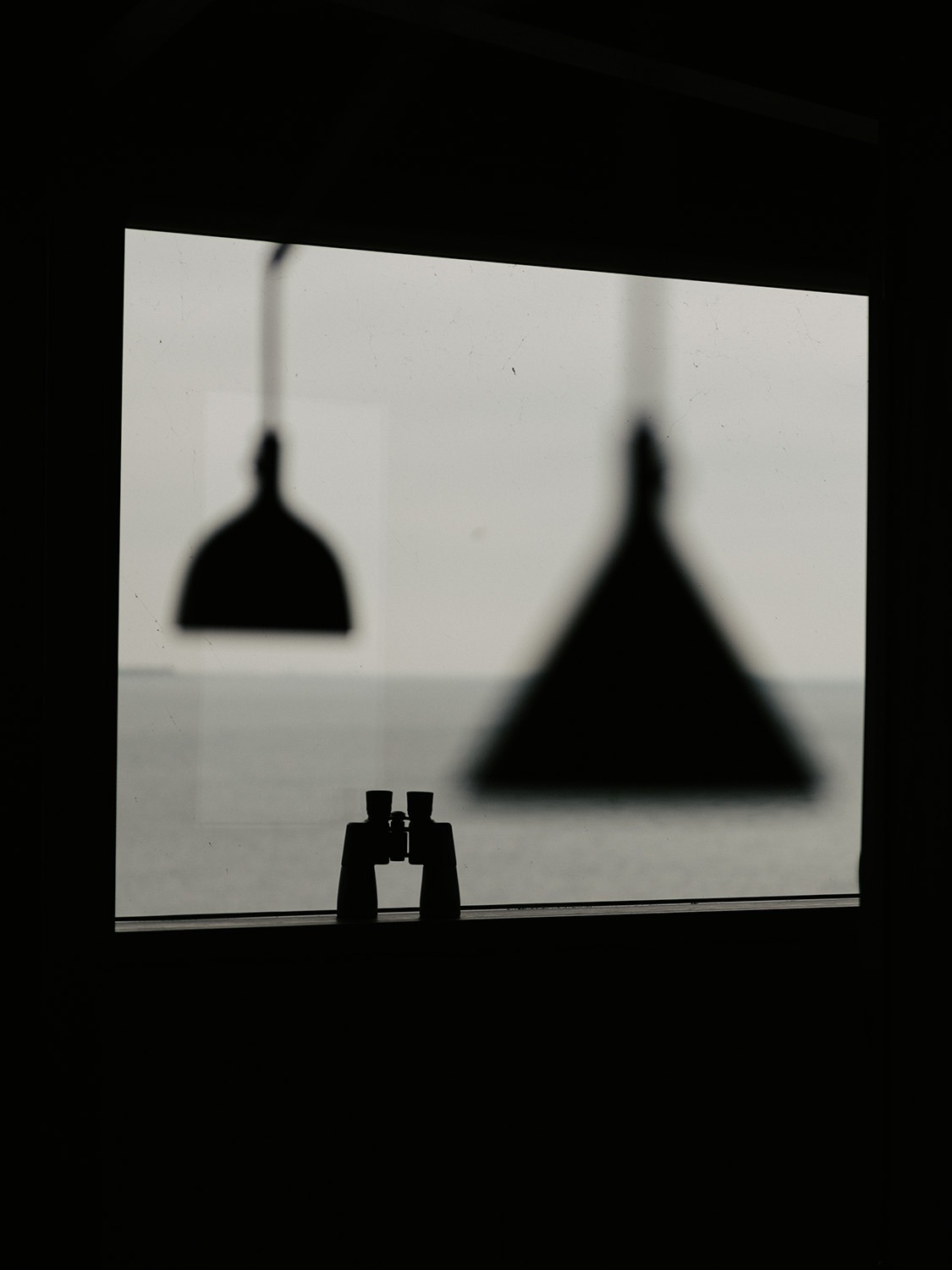
With the city at our doorstep, we later opt for a bike ride—the hotel offers free bike rental—to Osterbro, a residential neighbourhood, where we indulge our sweet tooth with cinnamon rolls at Juno Bakery, a favourite among locals, and hindbærsnitte (raspberry bars) at Leckerbaer. We are told that the location of The Krane itself, Nordhavn, is developing at an incredibly fast rate, becoming a destination in its own right. Industrial-style office spaces already dot the landscape, reflecting Copenhagen’s cool, progressive character. The district is also increasingly attractive for city dwellers wishing to find calm without feeling cut off from city life. Getting to The Krane is possible by metro, though the hotel offers a complimentary concierge service, with Nikki or Clement picking up guests from the airport or train station.
The all-black interior—a homage to the crane’s history—of our room now exudes a sense of warmth. As the sun rays stream through the small windows and hit the wooden structures and custom-made furnishings in leather, wood, stone, and steel (it even includes marble), the perfectly composed space becomes even calmer than before. However balmy the room now appears, the colour scheme remains muted, as though it aims to cut out any external noise. We make our way down to the spa area, intrigued to soak in the 360-degree-views from the glass-fronted room. Peering over the gentle North Sea from the deep oval bathtub—the narrow space holds two freestanding tubs, plus a sauna—it still feels surreal to sit atop a former coal crane. In a way, my idea of wilderness as an imperative to press pause on our hectic world seems beside the point. The Krane as an unexpected urban refuge, with its languorous pace, can effortlessly compete with secluded landscapes.
